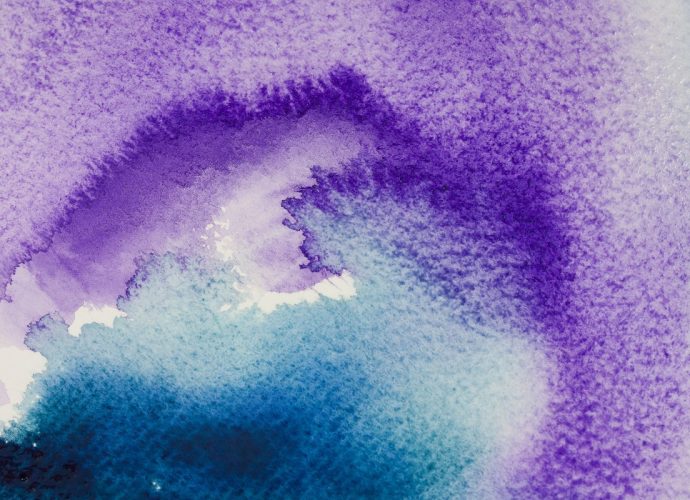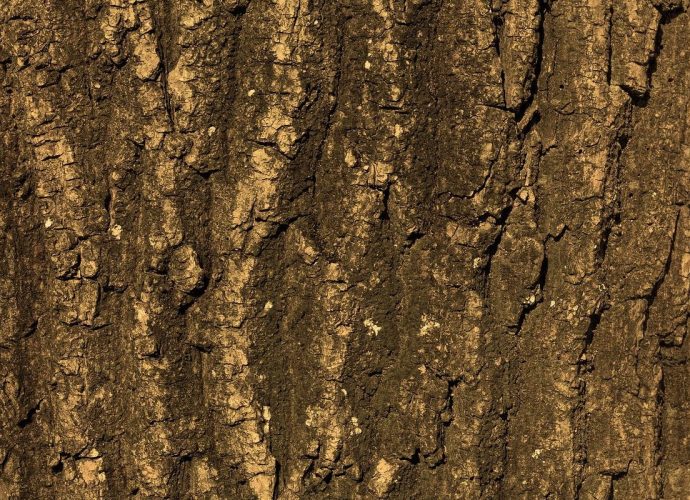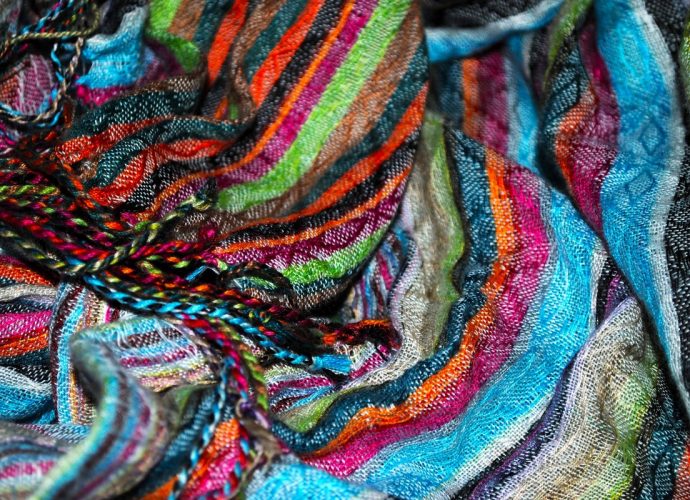Why Do Purines Pair With Pyrimidines In The DNA Ladder?
Two complementary strands of the DNA can accommodate only three nitrogen rings between them. More or fewer nitrogen rings will not fit because of space issues. Thus, purine-purine cannot pair with each other due to the unavailability of the required space to bond together in the DNA double helix. IsRead More →









